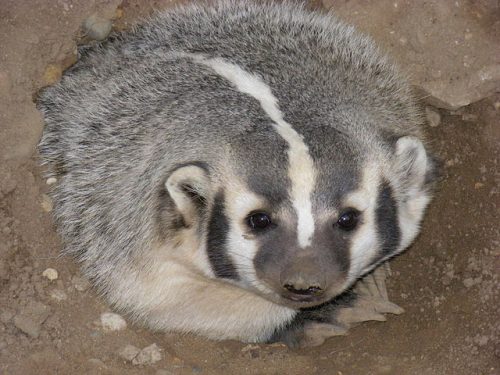Gemsboks are large antelopes typically found in the arid regions of Africa. They mainly dwell in the deserts in small herds, and have mastered the skills needed for survival in the desert. Like many animals, the gemsbok has also adapted to their environment and this is typically depicted in their feeding patterns.
Gemsbok mainly prefers a diet of perennial grasses, and can switch to shrubs and tree leaves in the summer. The heat of the desert restricts the gemsbok’s movement, and they are mostly active in the early morning or in the afternoon. This is when the air temperatures are coolest, and the gemsbok does not lose precious moisture content. Often, in the evening it is common to see gemsboks standing at the edge of cliffs, catching the breeze. This is essential for off-loading the heat that was built up in the day. Â
In light of all these adjustments that the gemsbok has made, it is clear why they feed at night! Firstly, they benefit by losing less heat in the night, since air temperatures are cooler and the sun is not up. Secondly, desert fog often increases the moisture content in plants in the night, which is again a gain for the gemsbok. Not only is it losing less moisture, it can also gain more! Since the desert is mostly arid, eating and drinking are best merged into one activity, and the gemsbok does that with ease.
In the animal world, survival is very important. This is especially true for a desert climate, where limited resources are competed for. Having realized this, gemsboks have adapted to their circumstances and evolved. This adaptation has heavily reflected in their feeding patterns. So the late night feeding does make sense!












Leave a Reply